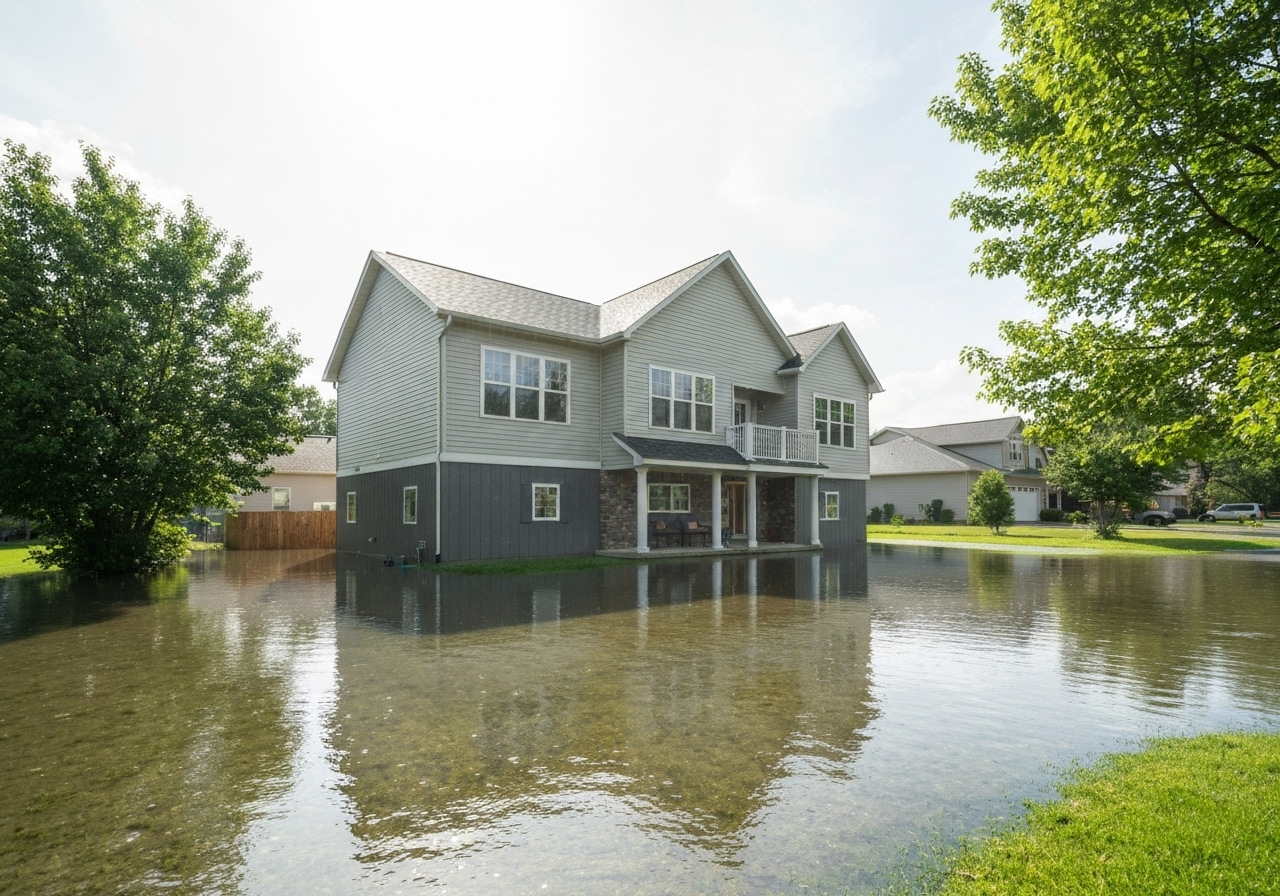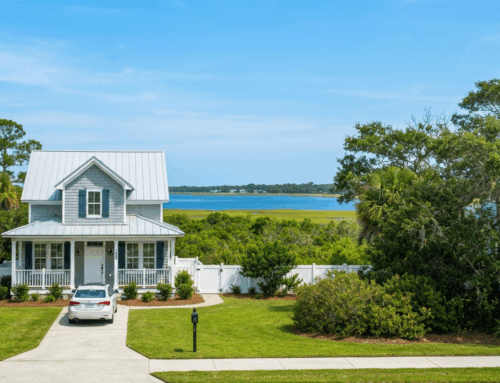For many homeowners, the thought of flood damage might seem distant, reserved only for those living on coastlines or major riverbanks. However, as recent events have shown, flooding can occur virtually anywhere it rains, making it the most frequent and costly natural disaster in the United States. This reality underscores a critical point: standard homeowners insurance policies typically do not cover flood damage. Therefore, understanding Flood Insurance What Homeowners Should Know is not just a recommendation—it’s a necessity for safeguarding your most significant investment and ensuring true peace of mind.
Understanding the Waters: Why Standard Homeowners Insurance Falls Short on Flood Damage
A common misconception among property owners is that their existing homeowners insurance policy offers protection against all water-related damage. Unfortunately, this is not the case when it comes to floods. Standard homeowners policies are designed to cover sudden and accidental water damage originating from within your home, such as a burst pipe or an overflowing washing machine. They explicitly exclude damage caused by external flooding events, including storm surges, overflowing rivers, heavy rainfall, or flash floods. This exclusion exists because floods are considered “highly correlated losses”—when one home floods, many others in the vicinity are often affected, leading to catastrophic losses that traditional insurers are unwilling to absorb alone. Experts emphasize that even a mere inch of floodwater can result in over $25,000 in damages, a cost that, without specific flood coverage, falls entirely on the homeowner. For more detailed information, Bankrate provides an in-depth explanation of why standard home insurance doesn’t cover flooding.
Defining a Flood: What It Means for Your Insurance Coverage
To qualify for flood insurance coverage, the damage must meet a specific definition of a “flood.” The National Flood Insurance Program (NFIP), managed by FEMA, defines a flood as “a general and temporary condition of partial or complete inundation of two or more acres of normally dry land area or of two or more properties.” This critical definition distinguishes insurable flood events from other water damage incidents. For instance, while a broken water pipe inside your home might cause extensive damage, it wouldn’t typically be classified as a flood unless it’s a direct result of a broader regional flooding event. Covered scenarios include water from:
- Overflowing inland or tidal waters.
- Unusual and rapid accumulation or runoff of surface waters from any source.
- Mudslides (or mudflows) that are proximately caused by flooding.
Understanding your property’s flood risk is essential, even if you don’t live in a designated high-risk zone. Up to 40% of all NFIP claims come from outside high-risk areas, underscoring that “where it rains, it can flood.” Tools like the FEMA Flood Map Service Center and FloodSmart.gov can help homeowners assess their specific risk, as highlighted by resources from the NAIC and HouseLogic.
Flood Insurance What Homeowners Should Know: Navigating NFIP and Private Policy Options
When considering Flood Insurance What Homeowners Should Know, it’s vital to understand the two main avenues for coverage: the National Flood Insurance Program (NFIP) and private flood insurance policies. Historically, the NFIP was virtually the only option, providing federally backed insurance to properties in participating communities. These policies are sold by private insurance companies through the NFIP’s Write Your Own (WYO) program, but the rates and coverage limits are set by FEMA.
In recent years, a growing private flood insurance market has emerged. Thanks to advancements in risk modeling and actuarial projections, private insurers can now offer standalone policies that often provide greater flexibility and potentially higher coverage limits than the NFIP. Mortgage lenders are now required to accept private flood insurance as long as it offers coverage comparable to or better than NFIP policies.
Here’s a comparison of key differences:
| Feature | NFIP Policy | Private Flood Insurance |
|---|---|---|
| Maximum Dwelling Coverage | Up to $250,000 | Typically higher (e.g., up to $4M or $5M, some up to $15M) |
| Maximum Contents Coverage | Up to $100,000 (Actual Cash Value) | Typically higher (e.g., up to $500K or $1M), often Replacement Cost Value |
| Additional Living Expenses (ALE) | Not covered | Often included or available as an add-on |
| Basement Contents | Minimal coverage (major appliances only) | More comprehensive coverage often available |
| Outdoor Structures/Pools | Not covered | Often covered |
| Waiting Period | Usually 30 days | Shorter (e.g., 10-14 days) or no waiting period in some cases |
| Cancellation/Non-renewal | Guaranteed renewal (community participation required) | Can be canceled or non-renewed based on risk |
For a detailed breakdown, Policygenius provides a comprehensive comparison, and Progressive also explains the differences.
Deciphering Your Policy: What Flood Insurance Covers (and Crucially, What It Doesn’t)
Understanding the specific coverages and exclusions within a flood insurance policy is paramount. Whether you choose an NFIP or private policy, the core aim is to cover direct physical losses caused by flooding. However, the scope can vary. NFIP policies generally cover:
- Building Property: This includes the structural elements of your home, such as foundation walls, electrical and plumbing systems, furnaces, water heaters, central air conditioners, permanently installed carpeting over unfinished floors, built-in appliances, and detached garages (with limitations).
- Personal Property (Contents): This covers belongings like furniture, clothing, electronics, and some valuable items (up to $2,500). NFIP contents coverage is typically on an Actual Cash Value (ACV) basis, meaning depreciation is factored in.
Crucially, NFIP policies do not cover:
- Damage caused by moisture, mildew, or mold that could have been avoided.
- Loss of use or additional living expenses (e.g., hotel stays) while your home is uninhabitable.
- Outdoor property like swimming pools, hot tubs, fences, decks, landscaping, wells, and septic systems.
- Financial losses due to business interruption.
- Most self-propelled vehicles (cars are typically covered by comprehensive auto insurance).
- Most personal belongings in basements, other than specific large appliances.
Private flood insurance often fills these gaps, offering broader coverage and higher limits, including additional living expenses and more extensive basement coverage, as noted by Consumer Reports and NerdWallet.
The 30-Day Waiting Period: Why Proactive Flood Protection is Essential
One of the most critical aspects of Flood Insurance What Homeowners Should Know is the waiting period before coverage takes effect. For NFIP policies, there is typically a 30-day waiting period from the date of purchase before your coverage becomes active. This waiting period is designed to prevent people from buying insurance only when a flood is imminent. There are limited exceptions to this rule, such as when coverage is required in connection with a mortgage loan closing, if your property is newly designated into a high-risk flood area due to map changes (one-day waiting period if purchased within 13 months), or in specific cases related to wildfires on federal land. Private flood insurance policies may offer shorter waiting periods, often 10 to 14 days, or even no waiting period in certain circumstances. This means that if you wait until a storm is approaching, it will likely be too late to secure coverage, leaving your property vulnerable to potentially devastating financial losses. For detailed information on waiting periods and exceptions, ValuePenguin offers a comprehensive guide.
Achieving Peace of Mind: Partnering with Beach Insurance LLC for Comprehensive Home Protection
Protecting your home from the financial devastation of a flood requires proactive planning and the right insurance coverage. With climate patterns shifting and flood risks evolving, every homeowner should consider whether their property is adequately protected. Understanding Flood Insurance What Homeowners Should Know empowers you to make informed decisions for your home and family.
At Beach Insurance LLC, we specialize in helping homeowners navigate the complexities of flood insurance. Whether you’re assessing your initial flood risk, considering options between NFIP and private policies, or looking to ensure comprehensive protection for your coastal property, our expert team is here to guide you. We understand that every home is unique, and so are its insurance needs. We encourage you to explore our resources on how to know if you need a good flood insurance policy and how to complete a flood risk assessment. Partnering with Beach Insurance LLC means gaining clarity on your flood risk and securing tailored insurance solutions that offer true peace of mind, protecting your investment for years to come.
Ready to take the next step? Visit our Contact Us page.






